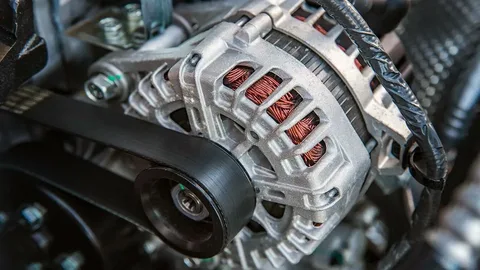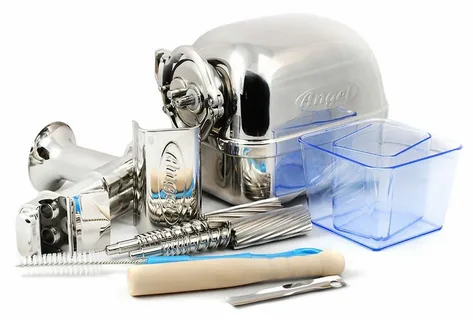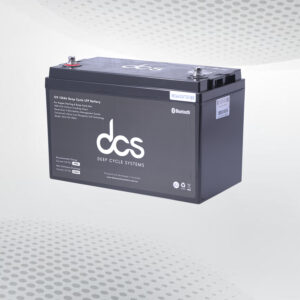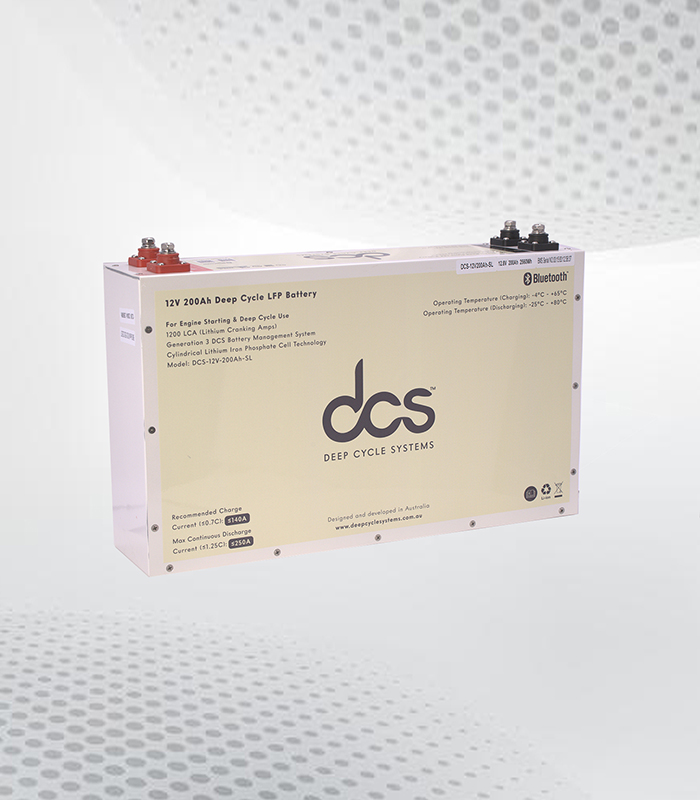If you’re a proud owner of a Holden Viva, you know how important it is to keep your vehicle in tip-top shape. One common issue that can arise over time is the need for an alternator replacement. This essential component charges your battery and powers your electrical systems while driving. When it starts to fail, you may experience dimming lights or difficulty starting your car—signs that it’s time for action.
The good news? Replacing the alternator isn’t as daunting as it sounds! With some basic tools and a bit of guidance, you can tackle this DIY project with confidence. Whether you’re looking to save on costly mechanic fees or enjoy getting hands-on with your vehicle, our comprehensive guide will help ensure a smooth Holden Viva Alternator Replacement process. Let’s dive into everything you’ll need to make this repair hassle-free!
Essential Tools and Equipment for the Job
Gather the essential tools and equipment before diving into your Holden Viva alternator replacement. This preparation will make your task smoother and more efficient.
A socket set is crucial for this job. Ensure you have various sizes to tackle different bolts securely. A ratchet handle can speed removal and save you from tedious manual labour.
Remember a torque wrench. It’s vital to ensure that all bolts are tightened to manufacturer specifications during installation, preventing future issues with loosened components.
Additionally, having a multimeter is beneficial for diagnosing electrical problems before replacing the alternator. It helps check voltage levels and ensures everything functions correctly after installation.
Safety gear should never be overlooked. Wear gloves to protect your hands from sharp edges or hot surfaces while working on your vehicle. Safety goggles protect your eyes from debris while operating around the engine compartment. Having these tools ready makes the entire replacement process much more manageable.
Step-by-Step Guide to Removing the Old Alternator
Start by making sure your engine is cool to avoid burns. Disconnect the negative battery terminal first. This prevents any electrical shorts while you’re working. Use a wrench or socket set to loosen and remove the negative cable.
Next, locate the alternator on your Holden Viva. It’s usually positioned near the front of the engine, attached with bolts at both ends. Before proceeding, take a moment to identify all connecting wires and belts.
It’s time to detach any wiring harnesses connected to the alternator. Carefully unplug these connectors without damaging them. If they seem stuck, gently wiggle them back and forth until they come loose.
Once disconnected, use your socket set again to remove the mounting bolts and secure the alternator. Keep track of these bolts to reuse them later when installing your new unit.
Pull out the old alternator from its position carefully. Be mindful not to let it snag on anything else in the engine bay as you lift it out completely.
Inspecting the New Alternator Before Installation
Before you install your new alternator, take a moment to inspect it thoroughly. This step is crucial for ensuring you won’t encounter unexpected issues later.
Start by checking for any visible damage. Look for dents, scratches, or cracks in the casing. Any imperfections could indicate that the unit was mishandled or damaged during shipping.
Next, examine the electrical connections and terminals. Ensure there’s no corrosion and they’re clean and free from dirt or debris. Once installed, corroded terminals can lead to poor connectivity.
Don’t forget to verify compatibility with your Holden Viva model. Cross-reference part numbers against your old alternator’s specifications. Ensuring a perfect fit will save you time when installing and prevent future headaches.
Check if all necessary components, like brackets and pulleys, that may be required during installation are included in the package. Having everything ready beforehand helps streamline the process and makes it much more efficient.
Installing the New Alternator: Key Steps to Follow
Once your new alternator is ready, it’s time to install it. Begin by positioning the new unit in the engine bay. Make sure it aligns correctly with the mounting brackets and bolt holes.
Start by inserting the bolts holding the alternator in place. Hand-tighten them initially, allowing for adjustments if needed later on. Use a socket wrench to secure your work, ensuring everything is snug but not over-tightened.
Next, reconnect any electrical connectors attached to the alternator. This includes power and ground wires, which are crucial for proper operation. Double-check that each connection is firm and free from corrosion or damage.
After securing all connections, route any necessary belts back onto their pulleys. Pay attention to tension specifications provided in your vehicle manual—this ensures optimal performance and longevity of both components.
Take a moment to inspect your setup before reassembling other parts of your engine bay. A quick visual check can help catch potential issues early on!
Connecting Wires and Ensuring Proper Alignment
Once you have your new alternator, it’s time to connect the wires. Start by referring to the wiring diagram specific to your Holden Viva. This will help ensure that each wire goes exactly where it needs to be.
Carefully attach the positive and negative cables, ensuring they’re secure but not overly tight. A good connection is vital for optimal performance. If these connections are loose, you might experience issues down the line.
Next, ensure proper alignment of the alternator. Misalignment can lead to premature wear on both the alternator and serpentine belt. Adjust its positioning as necessary before tightening any bolts.
Use a level or straightedge if available; this can help verify that everything lines up perfectly. Don’t rush this step; taking your time here pays off in longevity for your parts.
Double-check all connections one last time before moving on. It’s easier now than later when everything is assembled back together! Being meticulous during this process sets you up for success with your Holden Viva alternator replacement project.
Testing the New Alternator for Functionality
After installing your new alternator, it’s crucial to ensure it’s working properly. Start by reconnecting the battery terminals securely. A loose connection can mimic issues that stem from an improperly functioning alternator.
Next, start your engine and observe the dashboard. Keep an eye on the battery warning light; if it remains illuminated after a few moments, there may be a problem with your installation or the new part itself.
Using a multimeter is essential for testing voltage output. Set it to measure DC voltage and connect the leads to the battery terminals while the engine runs at around 2,000 RPMs. If everything functions correctly, you should see a reading between 13.8 and 14.5 volts.
Listen closely as well; any unusual noises could indicate misalignment or improper mounting of components during installation. It’s important not to overlook these auditory cues.
If you’ve done all this and everything checks out fine, take your Holden Viva for a test drive in various conditions—stop-and-go traffic and highway speeds—to ensure consistent performance before calling it a job well done.
Common Mistakes to Avoid During Replacement your Holden Viva Alternator
Critical steps can be easily overlooked when replacing the Holden Viva Alternator. One common mistake is failing to disconnect the battery before starting work. This can lead to dangerous electrical shocks or short circuits that might damage components.
Another frequent error involves not properly labelling wires and connections. In a rush, many forget where everything belongs, leading to confusion during reassembly. A simple photo or a label can save you time and frustration later.
Many DIYers also underestimate the importance of torque specifications when tightening bolts. Over-tightening can strip threads or crack parts, while under-tightening may result in loose connections that could fail over time.
Another pitfall is ignoring visual inspections of surrounding components. Always check for wear and tear on belts and other accessories associated with the alternator replacement process; replacing them now saves headaches.
Don’t skip testing after installation! Some assume their job’s done once everything looks good visually, but neglecting this step can leave you stranded if something isn’t functioning correctly immediately. These precautions ensure a smoother experience with your Holden Viva alternator replacement project.
Safety Precautions When Working on Your Vehicle
Safety should always come first When working on your Holden Viva Alternator. Start by wearing appropriate personal protective equipment (PPE). Safety glasses protect your eyes from debris, while gloves prevent cuts and scrapes.
Ensure the vehicle is parked on a level surface and engage the parking brake. This prevents accidental movement while under the hood or beneath the car. A sturdy jack stand is essential to lift the vehicle for better access.
Before starting any work, disconnect the battery to eliminate electrical hazards. Working with an alternator involves handling wiring that can carry significant current, so caution is crucial.
Keep your workspace organized and free of clutter. Tools lying around pose trip hazards, leading to injuries or accidents during repairs.
Be aware of hot surfaces after running your engine. Components like the alternator may retain heat even after shutting off the vehicle. For added safety, allow everything to cool down before touching anything inside the engine compartment.
Conclusion
Replacing the alternator in your Holden Viva can seem daunting at first. However, with the right tools and a clear plan, it can be a manageable DIY project. Understanding each step allows you to gain confidence as you work on your vehicle.
It is crucial to inspect both the old and new alternators. This helps ensure that everything aligns correctly during installation. Pay attention to details like wire connections and mounting brackets—these small aspects can save significant headaches down the line.
Testing your new alternator after installation offers peace of mind. It’s an essential step that confirms whether you’ve done everything right or if further adjustments are needed. This proactive approach keeps future issues at bay.
Remember, safety should always be prioritized when working on cars. Wearing gloves and goggles protects you from injuries while handling heavy parts or sharp edges.
Embrace this learning experience! Each task completed adds valuable knowledge for future repairs or upgrades on your Holden Viva, empowering you as a car owner who understands your vehicle better than ever.
FAQs
What signs indicate that my alternator needs replacement?
Common symptoms include dimming headlights, difficulty starting the vehicle, unusual noises when idling, or warning lights on your dashboard.
How long does it typically take to replace an alternator?
Depending on your experience level and whether you have all the necessary tools, you can expect to spend 1 to 3 hours on this project.
Can I use a used alternator instead of a new one?
While it’s possible to use a refurbished or used alternator for cost savings, ensure it’s from a reliable source and thoroughly tested before installation.
Do I need special tools to change the alternator in my Holden Viva?
Basic automotive repair tools such as wrenches and pliers will suffice. However, having access to torque specifications is crucial during reinstallation.
| Related Business Listings |
| Contact Directory |
| Local Business Pr |




